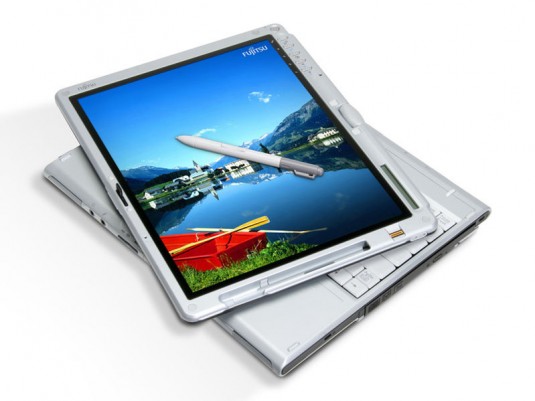Jon Peddie Research believes one reason for such gloomy PC sales numbers in recent quarters is methodology; not all the “PCs” are being counted.
By Jon Peddie
The research firms that give the opinions, and some counting of the PC industry, are ignoring machines to the determent of the industry.
Last week Gartner and IDC released their measurements of the PC industry. The dueling giant research firms have never agreed on the exact number. If they did one of them would become instantly redundant, and they are close enough. IDC’s count at 81.61 million is 1.7% higher than Gartner’s 80.28 million units worldwide.

However, each firm took a slightly different slant on their counts.
Gartner said, “Worldwide PC shipments totaled 80.3 million units in the third quarter of 2013, an 8.6 percent decline from the same period last year, according to preliminary results by Gartner, Inc. This marks the sixth consecutive quarter of declining worldwide shipments.”
Whereas, seeing the glass a bit more full, IDC said, “Worldwide PC shipments totaled 81.6 million units in the third quarter of 2013. In year-on-year terms, the market contracted -7.6%, ahead of a projected decline of -9.5% for the quarter, while shipments remained weak during the early part of the quarter, the market was somewhat buoyed by business purchases, as well as channel intake of Windows 8.1-based systems during September.”
Time for the tipping point
IDC says, “PCs include Desktops, Portables, Mini Notebooks, and Workstations and do not include handhelds, x86 Servers, and Tablets (i.e. iPad and Android-based Tablets with detachable keyboards)”. Gartner says, “Data includes desk-based PCs and mobile PCs, including mini-notebooks but not media tablets such as the iPad.”
Tablets with x86 heterogeneous SoC processors are shipping, and they can run real Window 8.1. That means they can run Office and other productivity and professional apps. We think this means the tablet, a delightful form factor, with an affordable price tag—basically an all-in-one that almost fits in your pocket, is going to transition from a media consumption device to a content creation device.
People in our offices are already using x86-based tablets from Lenovo and Asus to do real work, write reports, manipulate spreadsheets, with a mouse and its right button, and even do photo and video editing.
Eventually, x86-based tablets will be counted as PCs, and eventually the IDC and Gartner will have numbers big enough to break out. We believe that when that happens, we’ll see the market shift from decline to growth. When will that be? Q4’13.
Why will the change occur? The change will occur partially because PC form-factors have changed; clamshell notebooks are no longer the only choice. We now have two-for-one detachable tablet/notebooks, convertible notebooks, and their larger brothers the All-in-Ones—which by the way, are showing up, with 27-inch screens AND battery powered—giant tablets.
In addition, these wondrous new devices have natural user interfaces in the form of speech, touch, and gesture, as well as keyboard and mouse. We think we know how many of these x86-based Win8 tablets are shipping, and although it’s small right now, it’s also early days. We all know this. Many of us already have and rely on these new generation PCs, but they are not getting counted as they should—yet.
However, other issues remains, such as will enterprises be comfortable with employees toting a small machine that can easily be lost or stolen and thereby exposing valuable company data?
And, according to a survey of nearly 6200 consumers in the US and Europe by Strategy Analytics’ ConsumerMetrix service, titled “Home Computing Devices: Purchase Intention Index Q2 2013”, nearly 23 percent of respondents said they are very or somewhat likely to buy a portable PC during the next year, compared to less than 17 percent in Q4 2012. The strongest improvements were seen in the US, but increased purchase intentions were also recorded in France, Germany and the UK. The analysts attribute the findings to a general improvement in consumer confidence supported by a modest economic upturn.





